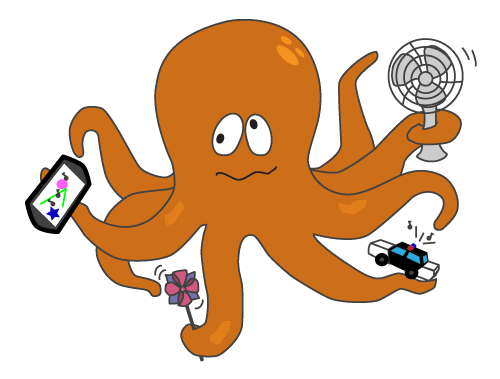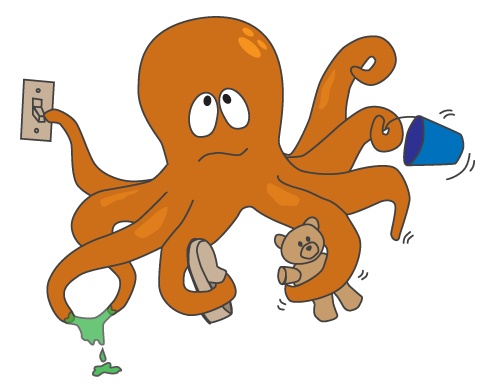Sensory processing Red Flags
The following sensory processing red flags are designed to help families identify some of the most common struggles in children with sensory processing issues. If your child shows one or more of the following red flags, you may want to consult an occupational therapist for further evaluation.
A printable version of the sensory processing red flags is also available in PDF format.
*Red flags content created by Christine Chambers, MEd, OTR/L and Teri LaGuardia, OTR/L.
|
Some children seek...
| Some children chew on clothing or seek intense foods. Others avoid specific food textures or refuse to let utensils touch their mouths.Some children seek out light, sound and commotion.Others respond emotionally to bright lights or loud noises.
Some children rush to touch everything in sight.Others struggle even to tolerate clothing.
Some children seem to feel no pain and seek physical input. Others feel hurt by the lightest touches. | Some children avoid...
|
Some children seek in one area AND avoid in another!
Sensory issues can look different...
| “Zoomers” seem like they never stop moving. They zoom through life and don’t stop until they’re exhausted. “Crashers” crash into everything. From bumping into people in the grocery line to jumping off the sofa — there’s no surface too hard or too soft.“Volcanoes” are bombarded by sensory input that builds up inside. Then they erupt and have a meltdown.“Lone Wolves” stick to the edges of the action — avoiding commotion. They can seem shy or withdrawn. |











